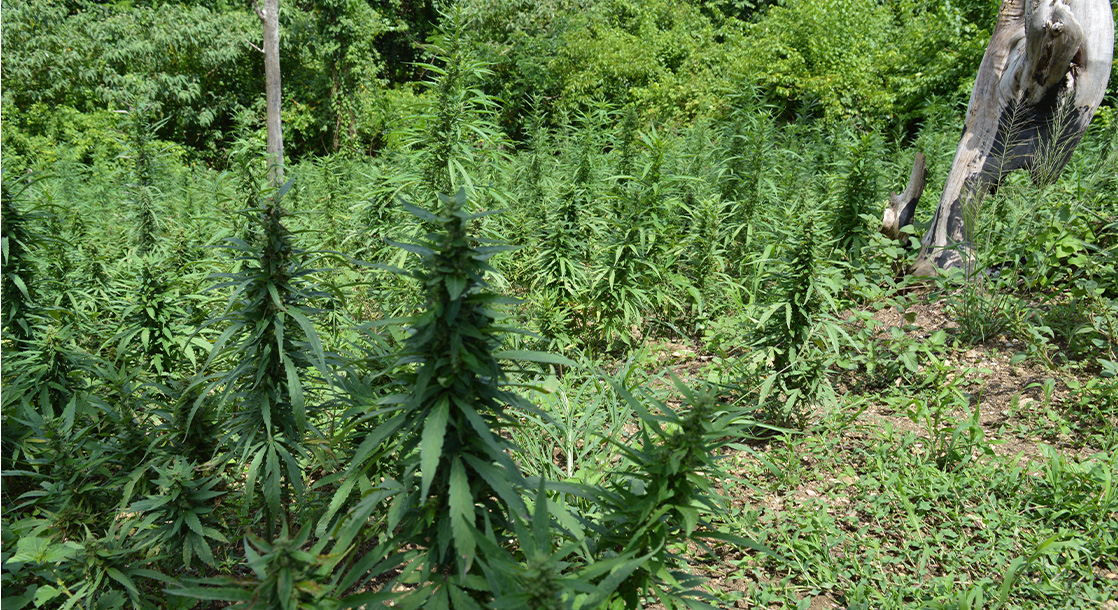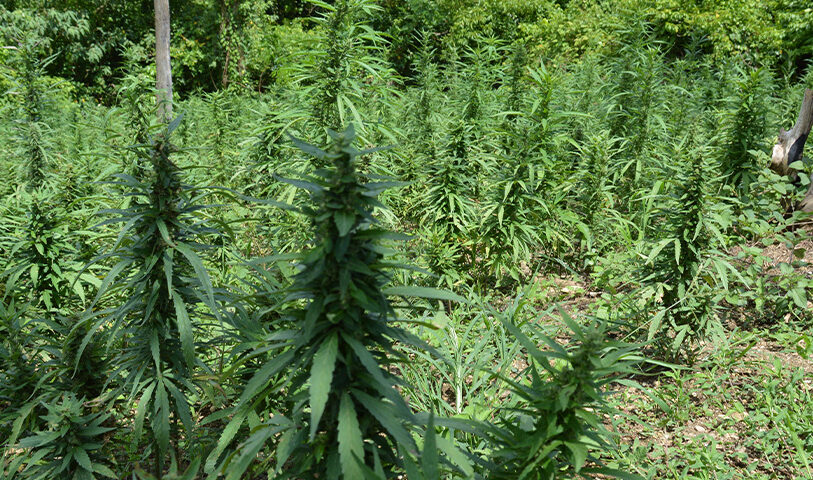
Julie Johnstone Promoted to Associate Director
March 15, 2023
Great Ecology to Host Blood Drive on March 27
March 23, 2023
Forests & Illegal Cannabis Cultivation
Author: Patrick Macpherson
Today is the International Day of Forests and there is a new challenge facing forests globally that is different from traditional logging and timber harvesting. Cannabis has been increasingly decriminalized and legalized across the globe, including in 38 states within the United States.
In California and across the globe, cannabis cultivation is occurring both legally and illegally. In the Emerald Triangle of Northern California, cannabis cultivation generally occurs outdoors and in forested areas which can result in illegal timber harvesting or removal. Traditional timber harvesting affects large sections of forest, and typically involves replanting once harvesting activities are complete. Often cannabis growth operations occur in isolated core sections of forest with remote roads, and minimal human disturbance. Timber removal for legal and illegal cannabis grow operations results in removal of core forest area and increased forest edge. It has the potential to impact a variety of species that rely on intact forests, including threatened and endangered species, secretive species, and migratory birds.
Illegal cannabis cultivation activities in California and across the US are being found on Federal and State Land within the Forest Land System, and on state lands. These growth operations are also typically located within the center of forests, offroad vehicles, and often on steep hillsides to reduce the chance of grow sites being seen by persons passing by. These illegal grow operations often result in discharge of sediment and pesticides into waterways, removal of previously undisturbed forest, and disturbance of local wildlife from operations and generator use, all of which can have negative ecological consequences.
In California, permitted cannabis grow sites receive approval and comply with established regulations for growth in forests, which includes requirements for remediation of sites that potentially have undergone illegal logging to allow for grow operations. After permitted and legal cannabis cultivation activities complete or cease; replanting or restoration of forest is not guaranteed to occur though it is generally required by approving agencies. Enforcement of restoration of these sites is dependent on agency and dependent on notification or discovery of termination or abandonment of the cultivation sites.
If you’d like to take action to help protect forests from these activities, there are safe and legal ways to help report potentially illegal sites or sites where permitted grow operations have ceased. In the US, these include:
- Purchase any cannabis products from legal dispensaries.
- Call 911 and report your location once away from the cultivation site and sure you are not being watched.
- Report grows on public lands to California Department of Fish and Wildlife, 888-334-2258 or text 847411, if the site is in California.
- Report cultivation sites to the Department of Cannabis Control, if the site is in California, or the appropriate state board if you live elsewhere.
If you work in the cannabis industry and are considering your restoration options for a site that has already ceased operations or will in the near future, Great Ecology can help you plan, design, and implement restoration of forested areas that may have been impacted by your growth operations.

